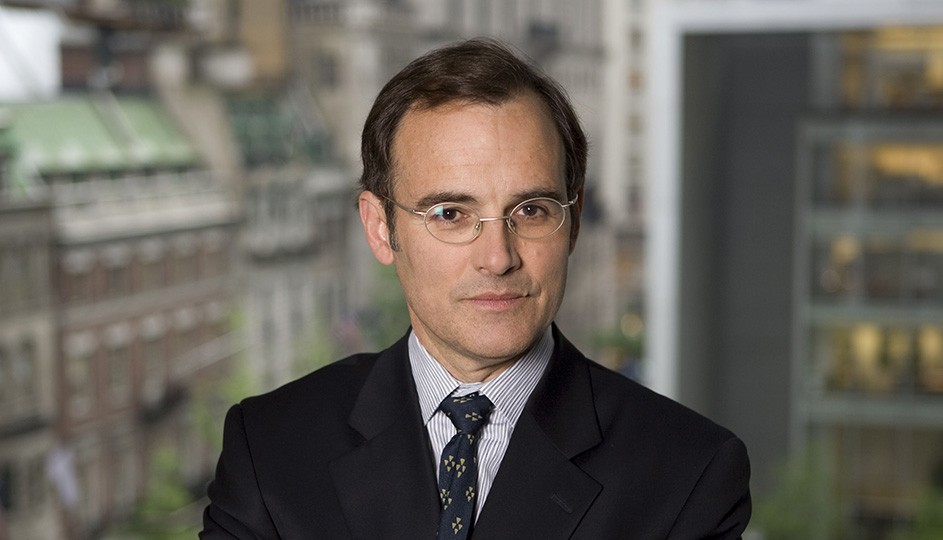Create Something New or Preserve What Was There?

It is sad that sometimes a monument is under the greatest danger when it is under care. Such was the case with Notre-Dame. In our age of surveillance and detection we should be seeking state-of-the-art fire detection systems as an integral part of restoration procedures.
Luckily, the fire was extinguished by a heroic and wise fire-fighting strategy that focused on the twin towers of the cathedral’s west front in a timely way, preventing a catastrophic chain of events had the towers been compromised.
Unfortunately, the timber of trees felled in the Middle Ages to create a man-made “forest,” one that remained intact for centuries—despite the French Revolution, a 16-month siege by Prussian forces in the 19th century, two world wars and the Nazi occupation of Paris—cannot be easily replaced. It is perhaps vain to try to recreate the structural system of a medieval roofing technology to protect the vaults that must be covered, checked and repaired as a first priority. But the profile of the cathedral in the city can be recreated.
What’s Next for Notre-Dame?
The conversation has already been opened as to whether to reproduce what is lost or to advance the argument that cathedrals have always been living monuments that have evolved and changed with each generation. And the question of the famous spire, a pure creation of the 19th century and yet one of the most beloved symbols, is at the heart of this debate.
On the one hand I am always in favor of promoting new architectural creativity and opposed to historical pastiche; on the other I think the issue is more complex in terms of repairing a loss that is immediate and raw.
The Cathedral of Notre-Dame has remained largely unchanged in its outward form since the comprehensive campaigns lead by E.E. Viollet-le-Duc over some 25 years in the middle of the 19th century. The monument is arguably as much a monument of the 19th century rediscovery of Gothic architecture and of the modern culture of preservation and conservation as it is of the Middle Ages. It seems that even though the cathedral was one of the first buildings to be protected under French Monuments Historiques legislation in the 19th century, and later under UNESCO World Heritage designation in the 20th, it is now considered acceptable by some to distinguish between medieval and 19th century fabric in proposing a triage of what to restore religiously and what to replace with new designs. Suddenly one of the most important architects of the 19th century--and one of his masterpieces, the spire of Notre-Dame--is to be discarded while the vaults will be faithfully rebuilt?
Given that many of the sculptures that were part of that spire were removed during the restoration work, it seems all the more logical to put them back in place on a replica of what has been lost. The idea of submitting this beloved symbol to an aesthetic referendum in the current political climate in France seems as unwise politically as it is questionable in relationship to current uses of French monument restoration.